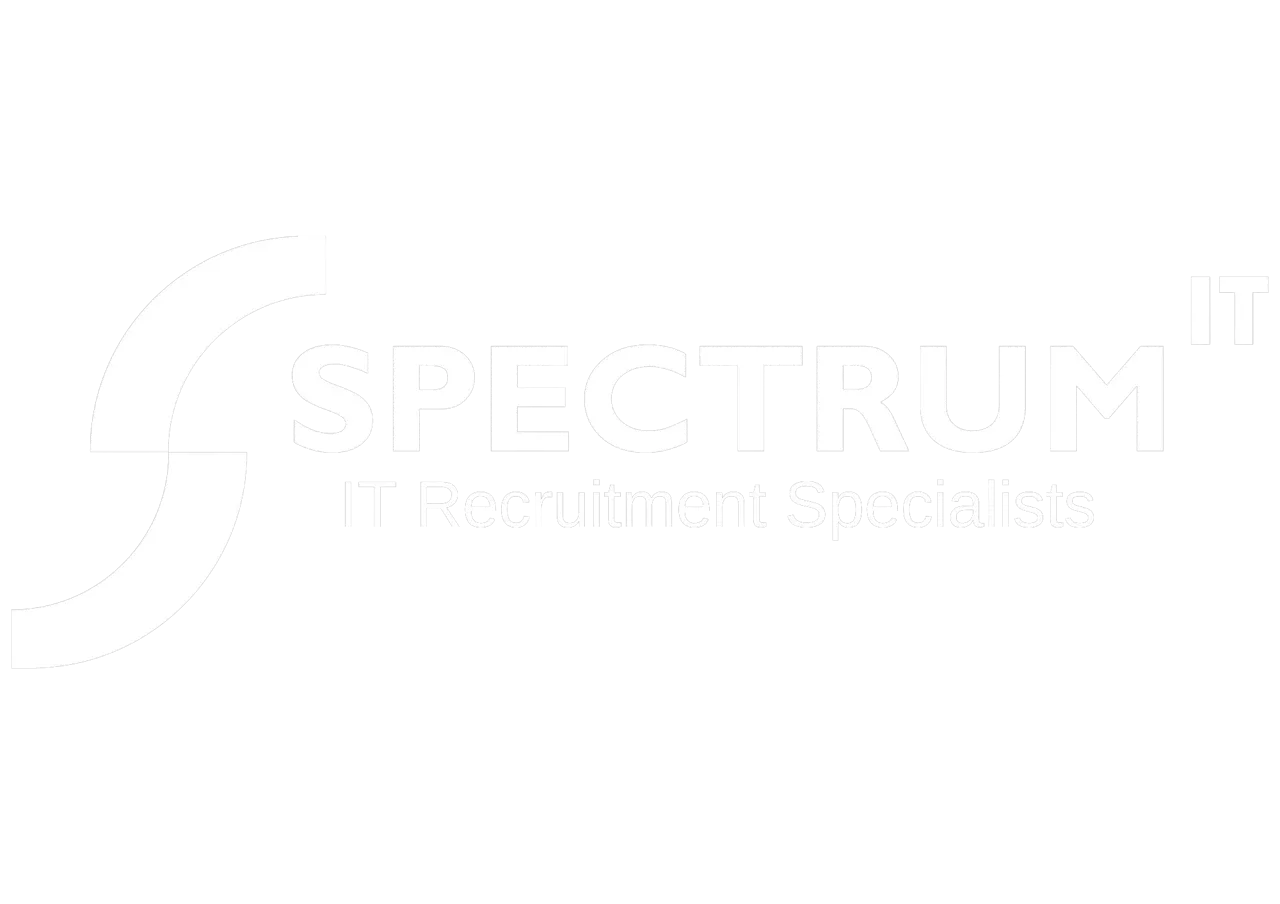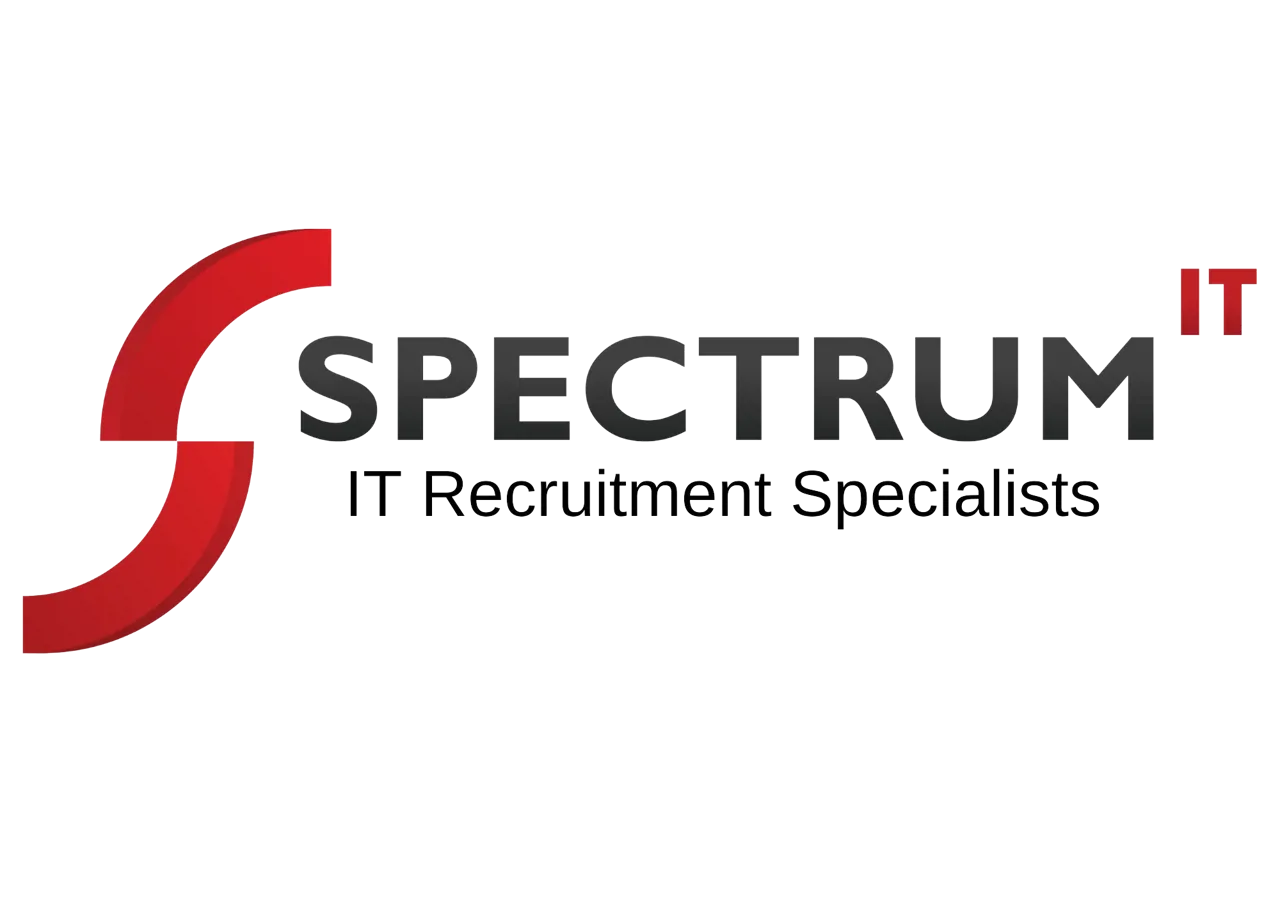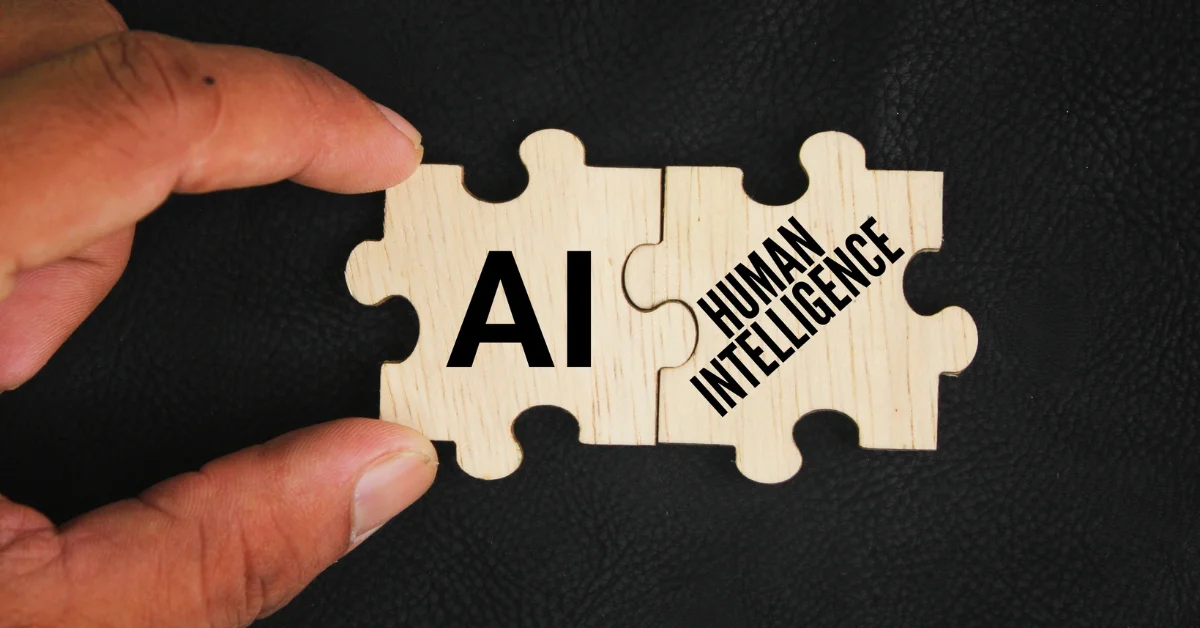
Integrating AI into Your Business
24 Oct, 20257 minutes
Integrate AI into your business responsibly
With AI dominating industry headlines, it’s no wonder companies are rushing to implement it into their business. We’re witnessing a surge in the integration of AI to automate workflows and, in some cases, lead to a reduction in team sizes.
However, the real question is, are these companies adopting AI for the right reasons? Or is it simply because ‘everyone else is doing it’ and a fear of being left behind? And what does that mean for employees and teams?
The key lies in strategic and responsible integration of AI systems, understanding both its benefits and limitations, while also recognising the importance of keeping that human touch. It’s about implementing AI in the right places and for the right reasons, so that it enhances business practices.
Making strategic decisions about AI integration
We’ve reached an interesting juncture where AI adoption is no longer optional for most businesses. To remain competitive and innovative, companies are seeing AI as an essential tool. But this ‘fear of missing out’ can lead to making reactionary decisions rather than strategic ones; investing in AI systems without taking the time to consider how they will work within their current operations and workforce.
There are some common scenarios cropping up due to this hasty integration of AI tools. For example, companies purchasing bulk licences for AI tech products for its employees without first considering how the tool will be used, what benefit it brings and whether it aligns with the needs of the business. The tool then has low uptake and ends up being a wasteful, costly mistake. AI integration can also highlight existing workflow and processes that are inefficient – if everyone in the team is working in a different way, bringing in a blanket AI system can be less effective. AI should be integrated onto a solid foundation for the most seamless integration.
The key thing is that AI needs to be brought in as a solution to a specific business problem, not as part of a box-ticking ‘keeping up appearances’ endeavour. Before investing in any AI tools, business leaders should be asking themselves what problem they are trying to solve. AI can’t just be brought in and bolted on to existing systems; those systems need to be built to adapt to the new AI integration.
There are some very genuine and valuable reasons for companies to incorporate AI into their operations. The right tools can automate tasks that are time consuming and repetitive, freeing up team members to work on deeper projects. AI also excels are analysing data, predicting market trends, driving decision making and enhancing customer service interactions. It can help workflows to be more efficient so people can do what people do best: being creative, making informed judgements and decisions, and driving innovation.
AI works best when it’s used in collaboration with people, both playing to their individual strengths. Approaching AI integration in this way – as a partnership, not a replacement – and identifying the problems that need solving, can help businesses to make strategic decisions around AI adoption.
When AI works in business
The first step, then, is to get clear on the purpose of adopting AI. This begins with identifying the right problems that need solving, or the pain points within a workflow process. This may require a thorough consultation, speaking to teams at all levels of the business, to understand where real problems and opportunities lie. This could be manual data entry systems, slow response times to queries, cumbersome discovery or searching processes, time-consuming report generation… these are all real issues that are limiting efficiency that can potentially be solved by adopting the right AI tools.
Businesses should be asking key questions. What business challenge or problem needs addressing, how can AI help in this specific area and what outcomes would define success of the integration? This last point is another key aspect; many companies bring in AI but don’t monitor its efficiency and how well it solves the problems it’s been brought in to address. AI isn’t valuable just because it’s a technologically advanced solution; its real value lies in how relevant it is to the task in hand.
The other side of the AI coin is always the human element. Over-automation of processes runs the risk of making a company feel less personable: customers and clients appreciate a human touch, and employees want to feel valued and supported. AI might be excellent at machine processing, but it can’t replace teams entirely – teams are built on more than workflows; they are built on trust, creativity, mentoring and idea generation.
A hybrid or collaborative approach to AI integration is optimal, using AI to empower people to excel in and enhance their roles. For example, AI might be used to gather complex data and analytics, but human interpretation of those results makes for better, more nuanced, business decisions.
Of course, it does work both ways. AI is inevitable for most businesses. With strategic implementation, it can make a real difference to business operations and the way teams work, but staff also must be on board. This means taking time to deliver training to existing teams, exploring how new tools work and the benefits they bring. It also means having skilled tech staff in place to deliver the AI tools into the business. The right people need to be driving the use of these systems, ensuring seamless integration and addressing teething issues. It’s just as important to consider the ‘who’ as well as the ‘what’ when it comes to bringing in AI tools.
AI shouldn’t be seen as a one-off investment; tools will need to be adapted and evolved to properly suit each individual business need. This is why setting some measure of success or performance indicators before implementing AI is so important – there needs to be a level of accountability and someone should be responsible for the outcomes the AI delivers. Is the tool working as it should? Are the outcomes suitable and relevant? Is it solving the business problem it was designed to solve?
Again, this is why a human touch is needed: to review the systems, check the output and data, and gather feedback from people who are using the AI on a day-to-day basis, whether that’s customers and clients or team members. The tools can then be adapted to work better in response to these checks and measures.
There is no doubt that AI can revolutionise business operations. However, the companies that are adopting new tools successfully are doing so with intention and purpose. Rather than considering AI with a ‘how can we get AI into our business’ approach, instead ask why you should and what specific benefit it will offer to your existing, loyal teams.






